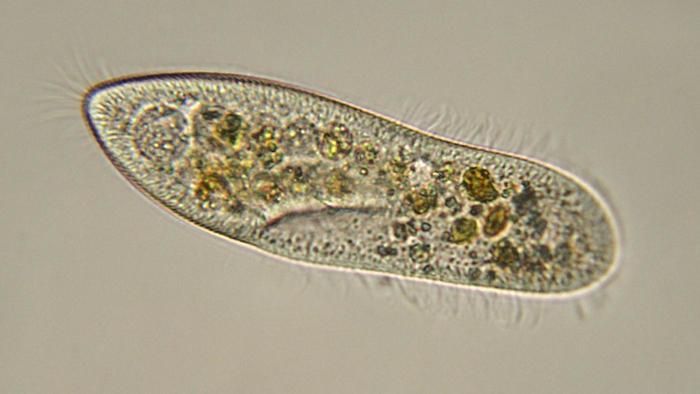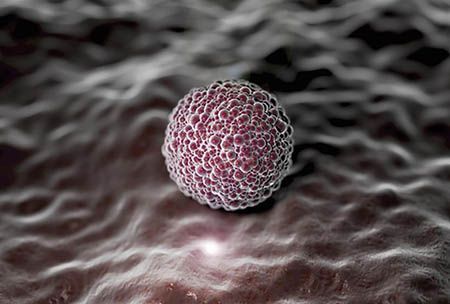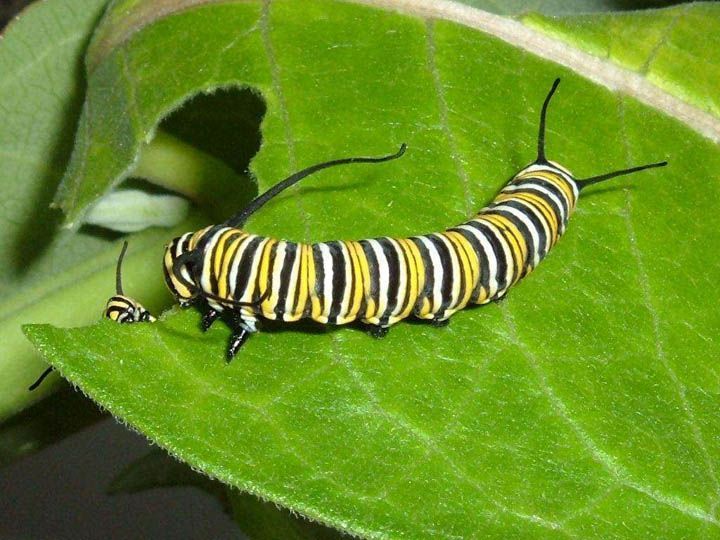Cell - Unit of Life
All living things are made up of cells.
The cell is the structural and functional unit of the body.
All living things develop from a pre-existing cell.
Types of Cells
Cells are classified based on the contents inside the cells called the organelles of the cell.
Eukaryotic Cell
A eukaryotic pall appears to be much more organised. The protoplasm of the eukaryotic cell is divided into two parts, cytoplasm and the nucleus. The cytoplasm contains various other organelles such as mitochondria, ribosomes, Golgi bodies, etc.

Each of these organelles has a specific role and hence accounts for the distribution of labour within the cell. All plants, animals. fungi and most of the algae are made of eukaryotic cells, and they are called as eukaryotes.
Prokaryotic Cell
Like eukaryotic cells, the prokaryotic cells also show presence of chromosomes, ribosomes, cell membrane and protoplasm. However, the nucleus M the prokaryotic cell is not well organised. It lacks the membrane. Prokaryotic cells also lack organelles like mitochondria, Golgi apparatus, etc.

Organisms with these types of cells are called prokaryotes. Bacteria and green algae are examples of some prokaryotes. Like plants, some of the prokaryotes show presence of a cell wall. The cell wall provides extra protection and allows them to survive in harsh environments.
Most prokaryotes also show thread like structure protruding from the cell membrane called flagellum. These structures help the organisms In movement.


